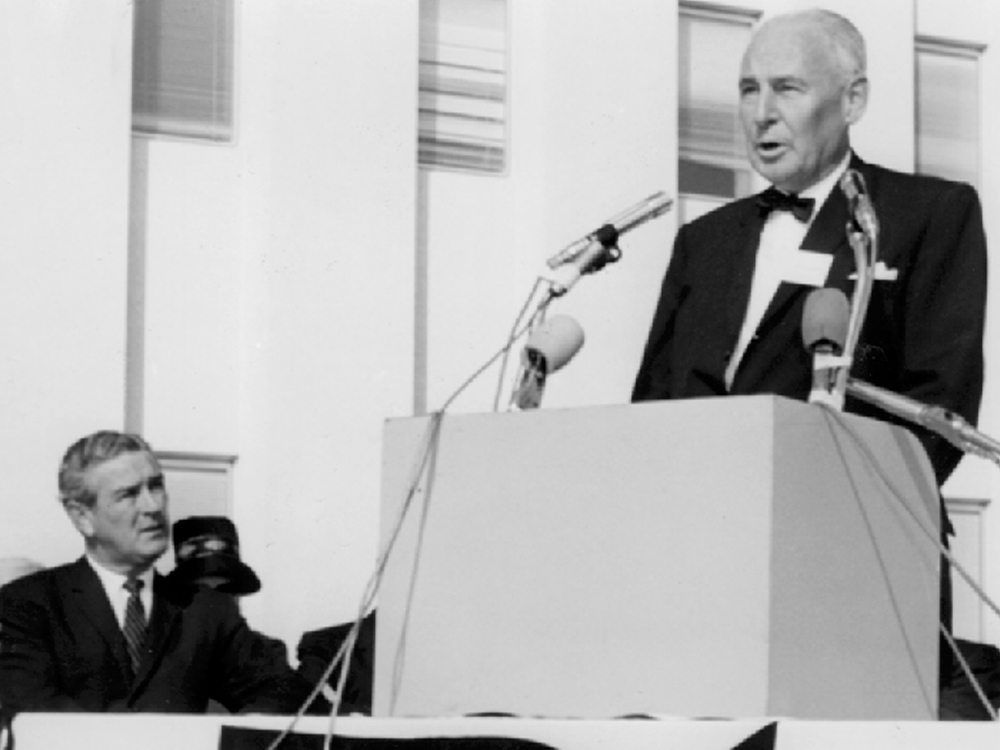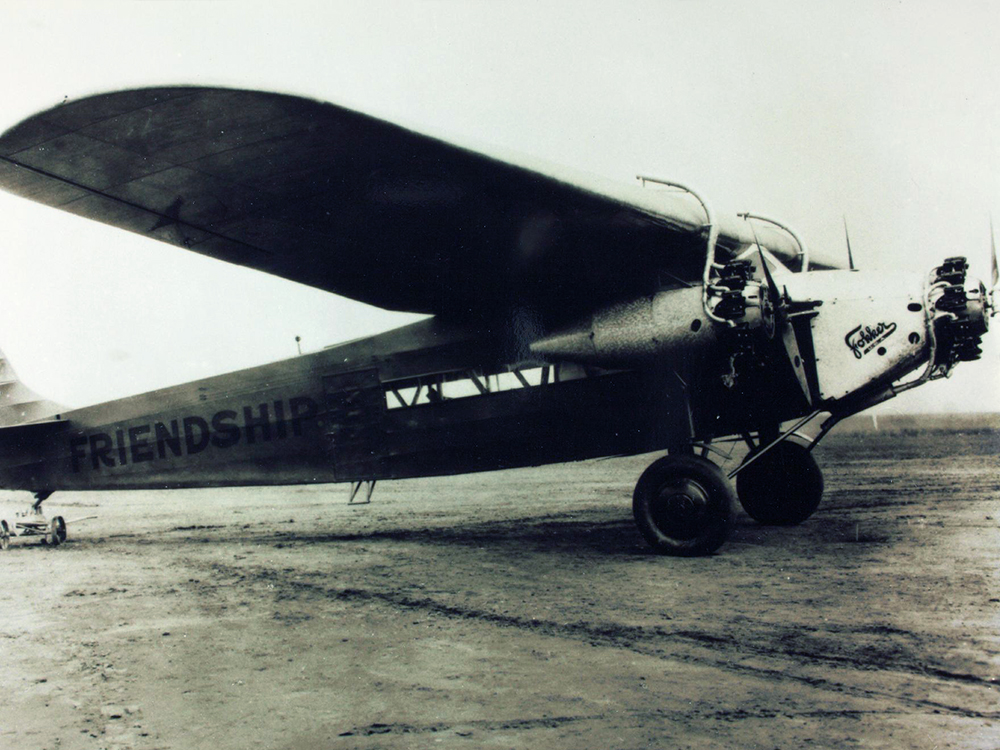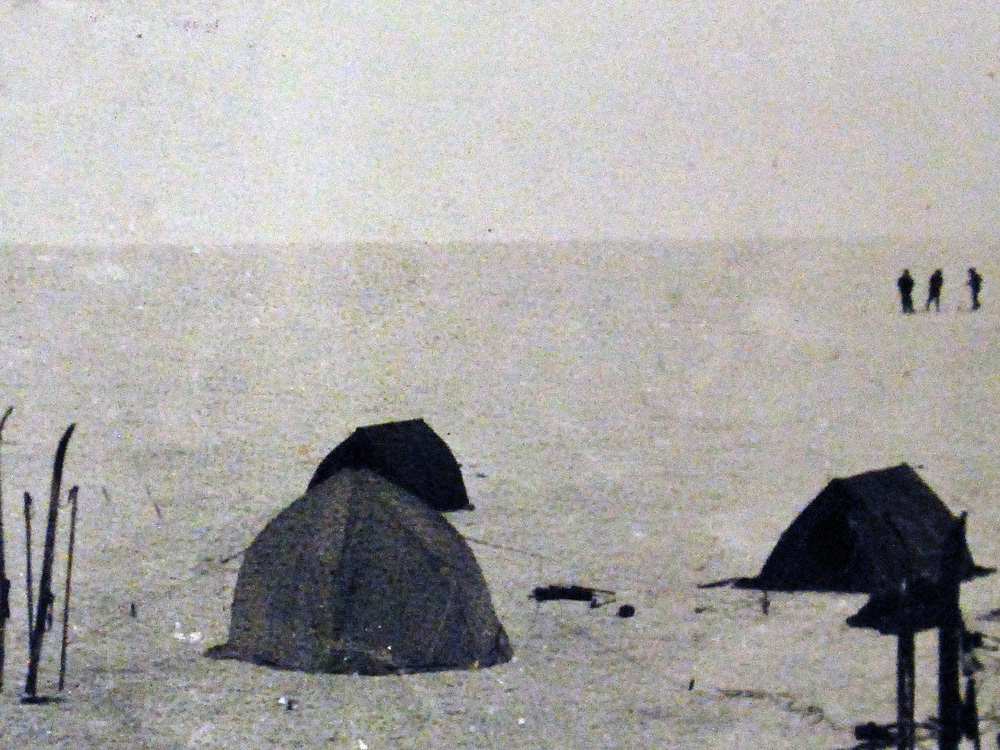Lloyd Berkner: a Man Made To Be a Comet
02.10.2020
 Lloyd Berkner (right) addresses the crowd, including Gov. John Connally, during the dedication of the Founders Building on Oct. 29, 1964. During Berkner’s tenure, the divisions of atmospheric and space sciences, geosciences, and mathematics and mathematical physics — the roots of the School of Natural Sciences and Mathematics — were established.
Lloyd Berkner (right) addresses the crowd, including Gov. John Connally, during the dedication of the Founders Building on Oct. 29, 1964. During Berkner’s tenure, the divisions of atmospheric and space sciences, geosciences, and mathematics and mathematical physics — the roots of the School of Natural Sciences and Mathematics — were established.
Lloyd V. Berkner (1905-1967) didn’t live to see the institution he once led become UT Dallas or the campus building that now bears his name come to fruition.
But as an engineer, explorer, scientist and eventually the first president of the Graduate Research Center of the Southwest (GRCSW), he left an indelible mark on the University and beyond.
In honor of Berkner’s birthday this month, here are some facts you may not know about him:
- Berkner, who was born in Milwaukee and raised in Sleepy Eye, Minnesota, was an expert radio operator as a teen. By age 17, he set a transcontinental radio transmission record for relaying messages from Hartford, Connecticut, to Hawaii and back.
- In 1927 he graduated from the University of Minnesota with a bachelor’s degree in electrical engineering. During commencement, Berkner operated the public address system under the stage. He received his diploma after the ceremony. Throughout his life, he was awarded 12 honorary degrees from universities around the world, including Edinburgh, Calcutta and Uppsala.
 Amelia Earhart crossed the Atlantic in Friendship in 1928.
Amelia Earhart crossed the Atlantic in Friendship in 1928.
- He installed and flight-tested the aircraft radio for Amelia Earhart’s transatlantic trip in 1928.
- As a member of Richard Byrd’s 1928-30 expedition team in Antarctica, Berkner served as a radio engineer and piloted flights over the South Pole. Berkner Island, an ice rise on the continent, is named for him.
- In 1933 he began to investigate the ionosphere, a region of the Earth’s upper atmosphere. His research during the rest of his life produced groundbreaking insights about its structure and the atmosphere.
- During World War II, he oversaw naval aviation/electronics engineering operations for the Bureau of Aeronautics. J. Erik Jonsson, whose company — Geophysical Service Inc. — built electronics for the military, first became familiar with Berkner’s work during the war. In 1945 Berkner was aboard the USS Enterprise until it withdrew from the Battle of Okinawa after a series of attacks.
 A campsite on Antarctica during Richard Byrd’s expedition in 1929.
A campsite on Antarctica during Richard Byrd’s expedition in 1929.
- In 1957, while at the Soviet Embassy in Washington for a reception, he told the crowd that the Russian satellite Sputnik was in orbit before the official announcement was made.
- From 1958 to 1962, he served as a chairman of the National Academy of Sciences’ Space Science Board, which helped create NASA. In 1966, he received the NASA Distinguished Public Service Medal.
- Berkner, who joined the board of directors of Texas Instruments Inc. in 1957, moved to Dallas in 1960. After one board meeting, he outlined the concept for the GRCSW with Jonsson, Cecil Green and Eugene McDermott. In 1961 Berkner became the center’s first president, a title he held until 1965.
As Jonsson said at the Berkner Hall dedication in 1973: “We miss him. It will be a long time before another like Lloyd Berkner passes this way.”
—Marc Johnson
Tags: UTD History